Buy this bird art Birds of Costa Rica: Collared Aracari (Collared Aracari) by Rini Kools on canvas, ArtFrame, poster and wallpaper, printed on demand in high quality.
About "Birds of Costa Rica: Collared Aracari (Collared Aracari)"
by Rini Kools
About the artwork
Like other toucans, the collared aracari is brightly marked and has a large bill. Males and females have the same coloration of the bill and plumage but the female's bill is shorter than the male's. The collared aracari inhabits the interior and edges of evergreen primary forest and mature secondary forest and also coffee, cacao, and fruit plantations. In the semi-arid parts of northern Colombia and Venezuela it also occurs in gallery forest. In elevation it is found from sea level to about 1,000 m.
Collared aracaris typically travel in groups of about six to 15 individuals that sometimes include other toucan species. They also roost communally; up to seven may occupy a cavity overnight. The collared aracari's diet is mostly fruit but it also feeds on large insects, the eggs and nestlings of other birds, and other small vertebrates. It mostly forages from the forest's mid level to the canopy but will feed on fruits in the understory. They glean fruit by stretching from a perch, bending, and even hanging upside down. They regurgitate large fruit seeds which often remain viable.

About Rini Kools
Photographer who specializes in birds, mammals, landscapes, professional bike racing and portraits. I preferably use my Nikon cameras D850 en D750... Read more…
 Germany
Germany Ordered in February 2025
Ordered in February 2025
 Germany
Germany Ordered in June 2023
Ordered in June 2023
 Netherlands
Netherlands Ordered in September 2019
Ordered in September 2019
 Netherlands
Netherlands Ordered in March 2017
Ordered in March 2017
 Netherlands
Netherlands Ordered in June 2020
Ordered in June 2020
 Netherlands
Netherlands Ordered in February 2020
Ordered in February 2020
 Germany
Germany Ordered in January 2021
Ordered in January 2021
 Netherlands
Netherlands Ordered in November 2021
Ordered in November 2021
 Netherlands
Netherlands Ordered in August 2021
Ordered in August 2021
 Germany
Germany Ordered in March 2019
Ordered in March 2019
 Germany
Germany Ordered in July 2025
Ordered in July 2025
 Germany
Germany Ordered in August 2025
Ordered in August 2025
About the material
ArtFrame™
Interchangeable Art Prints
- High-quality print
- Easily interchangeable
- Acoustic function
- Large sizes available
Discover the artworks of Rini Kools
 Sleeping LionsRini Kools
Sleeping LionsRini Kools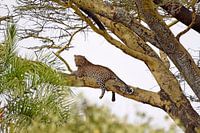 LeopardRini Kools
LeopardRini Kools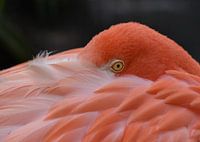 Cuban or Red FlamingoRini Kools
Cuban or Red FlamingoRini Kools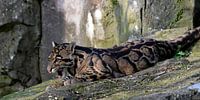 Clouded LeopardRini Kools
Clouded LeopardRini Kools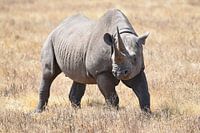 Black rhinoRini Kools
Black rhinoRini Kools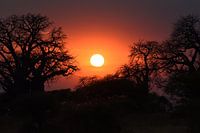 Sunset in Tarangire National Park, TanzaniaRini Kools
Sunset in Tarangire National Park, TanzaniaRini Kools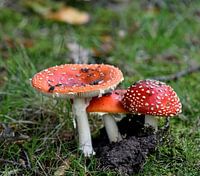 Autumn: the colourful fly agaric (Amanita muscaria)Rini Kools
Autumn: the colourful fly agaric (Amanita muscaria)Rini Kools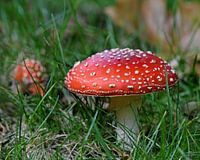 Autumn: the colourful fly agaric (Amanita muscaria)Rini Kools
Autumn: the colourful fly agaric (Amanita muscaria)Rini Kools Zeeland, the beach at Zoutelande, WalcherenRini Kools
Zeeland, the beach at Zoutelande, WalcherenRini Kools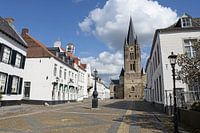 The white town of Thorn in Limburg, the NetherlandsRini Kools
The white town of Thorn in Limburg, the NetherlandsRini Kools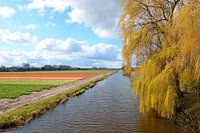 Daffodils, hyacinths and tulips in bloom in the bulb growing region of the NetherlandsRini Kools
Daffodils, hyacinths and tulips in bloom in the bulb growing region of the NetherlandsRini Kools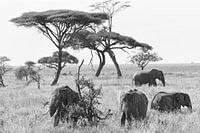 African Wildlife in black and white: Group of African elephants on the grassy plains of Serengeti NaRini Kools
African Wildlife in black and white: Group of African elephants on the grassy plains of Serengeti NaRini Kools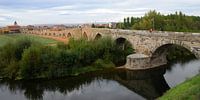 Orbigo Bridge (Puente de Órbigo), an important landmark for pilgrims on the Camino de SantiagoRini Kools
Orbigo Bridge (Puente de Órbigo), an important landmark for pilgrims on the Camino de SantiagoRini Kools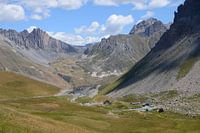 The Col du Galibier (2642 m) is a mountain pass in the French AlpsRini Kools
The Col du Galibier (2642 m) is a mountain pass in the French AlpsRini Kools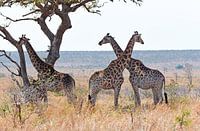 Giraffe on the savannah in Kruger National ParkRini Kools
Giraffe on the savannah in Kruger National ParkRini Kools On safari in Africa: Group of zebras drinking at a waterholeRini Kools
On safari in Africa: Group of zebras drinking at a waterholeRini Kools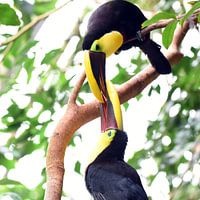 Black-billed toucan, a large toucan species from Central and South AmericaRini Kools
Black-billed toucan, a large toucan species from Central and South AmericaRini Kools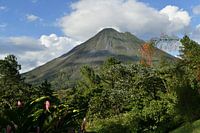 View of the Arenal volcano in Costa RicaRini Kools
View of the Arenal volcano in Costa RicaRini Kools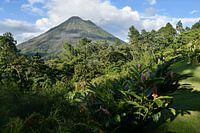 View of the Arenal volcano in Costa RicaRini Kools
View of the Arenal volcano in Costa RicaRini Kools Pair of Blue-and-yellow macaw (Ara ararauna) in close-upRini Kools
Pair of Blue-and-yellow macaw (Ara ararauna) in close-upRini Kools
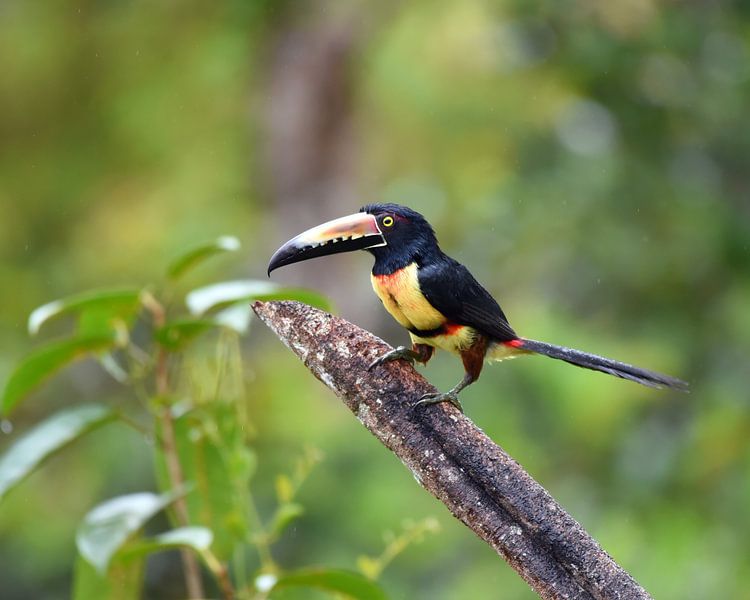






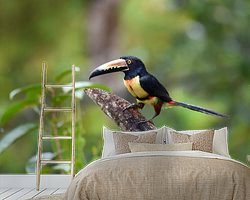

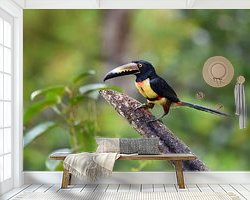

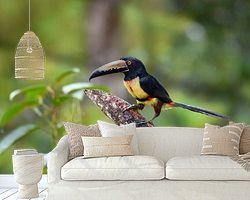

 Birds
Birds Costa Rica
Costa Rica National parks
National parks Nature and weather
Nature and weather Photo wallpaper
Photo wallpaper Photography
Photography Serene Peace
Serene Peace Toucan
Toucan Vibrant Colors
Vibrant Colors Waiting room
Waiting room Wildlife photography
Wildlife photography









